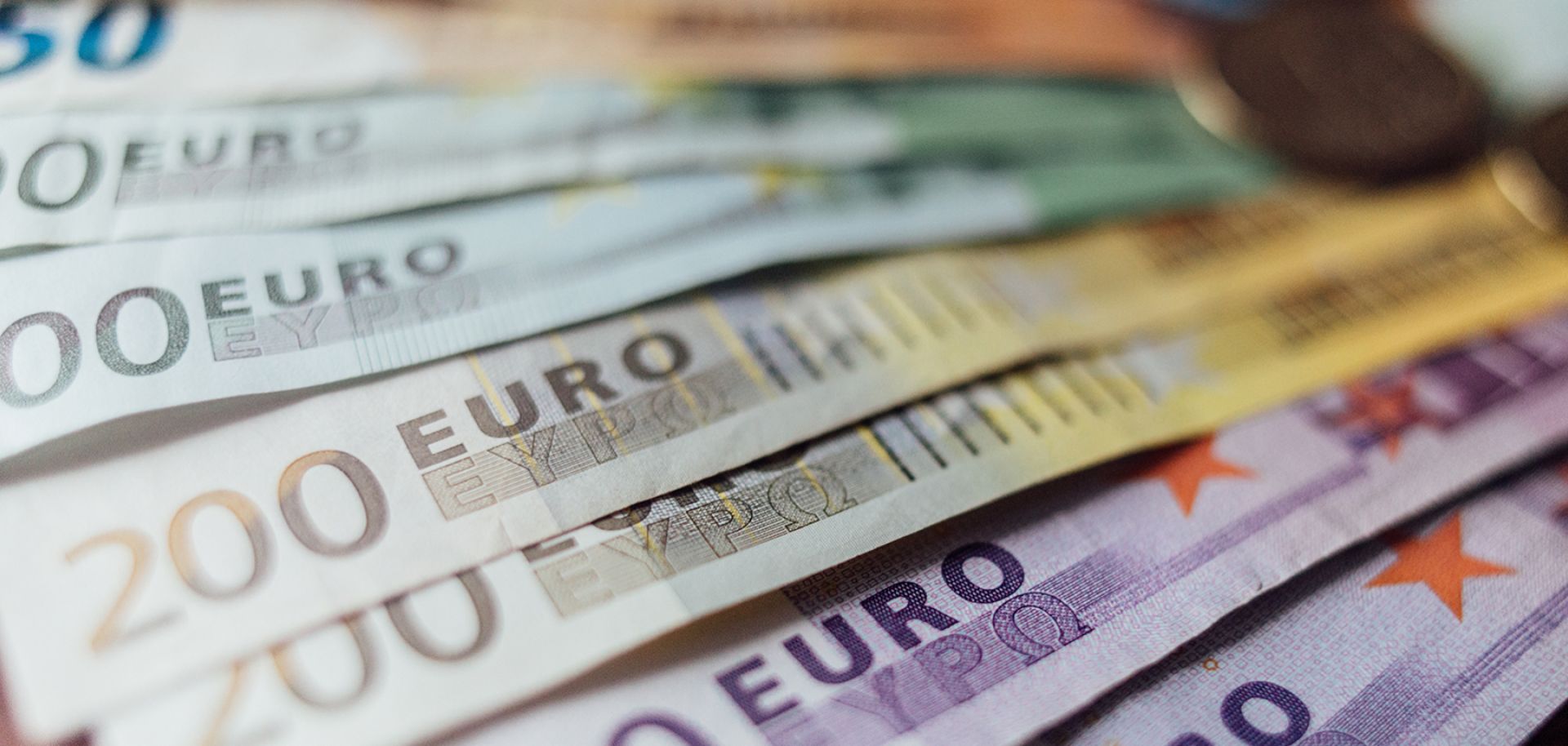ASSESSMENTS
The Eurozone Braces for a Rocky Year

Feb 26, 2020 | 10:00 GMT

An image of fanned-out banknotes of the euro, the currency of the eurozone. A slew of various economic and political risks will hinder growth in the European Union's currency area over the next year.
(Shutterstock/VAKS-Stock Agency)
Highlights
- Uncertainty about Brexit, a slowing Chinese economy, the coronavirus outbreak and trade disputes with the United States will contribute to slow economic growth in the eurozone in 2020.
- The European Commission will tolerate eurozone countries increasing public spending to boost economic growth, but a rewriting of the bloc's fiscal rules is improbable.
- The European Central Bank's policy of low interest rates and large purchases of sovereign debt will become increasingly less effective in boosting economic growth.
Subscribe Now
SubscribeAlready have an account?
